How you could help save a Sunderland church before it collapses
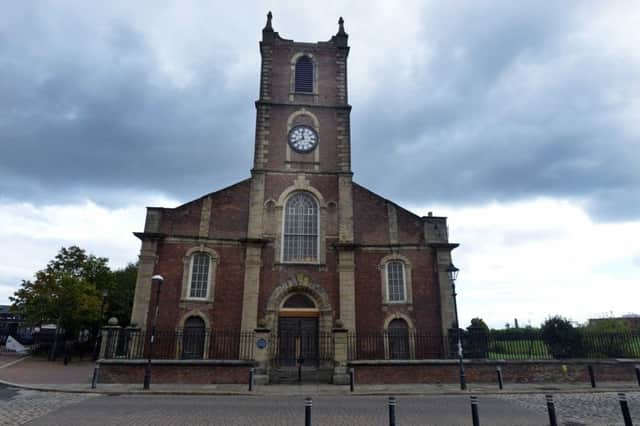

A crowd-funding campaign has been launched to raise £20,000 in six weeks to help fund crucial structural works at Holy Trinity Church in the East End of the city.
Among those to support the Send Love to Sunderland campaign is Barnes-born musician Dave Stewart who’s backing its drive to become a cultural venue called The Canny Space.
Advertisement
Hide AdAdvertisement
Hide Ad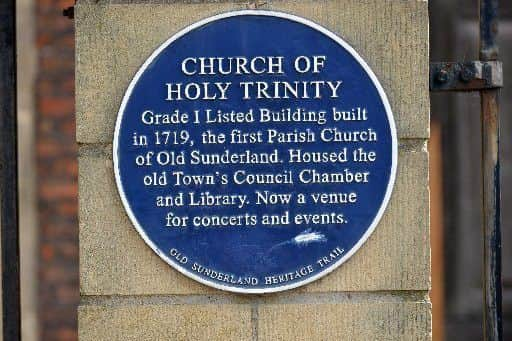

Dave Stewart, who rose to fame with The Eurythmics, said: “It’s so important for cities to have places like The Canny Space, where people can get together to learn, to collaborate and to create. It’s places like this that can really make good things happen.”
Built in 1719 near the busy port, the church was once at the heart of Sunderland and, as well as offering community and religious services, it housed the then town’s first public library, civic rooms and fire station.
It is also the final resting place of the Sunderland-born hero of Camperdown, Jack Crawford, who was buried in the graveyard of Holy Trinity in 1831, after falling victim to a cholera epidemic.
The fine Georgian building was to serve generations of Wearsiders but, following mounting bills and dwindling congregations, The Churches Conservation Trust took it over in 1988.
Advertisement
Hide AdAdvertisement
Hide Ad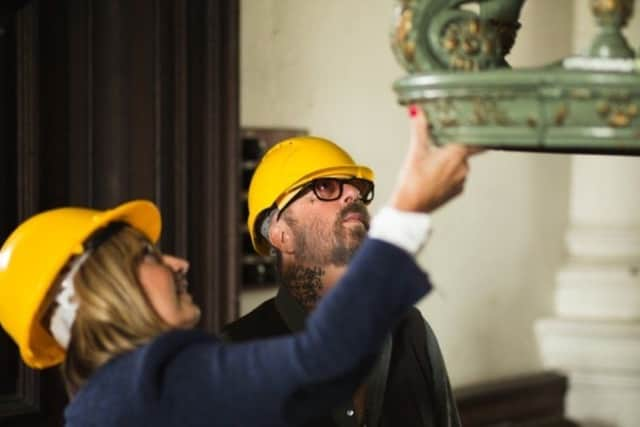

Today, the Grade I-listed building could collapse and is on Historic England’s ‘at risk’ register.
The Chancel Arch is currently supported by scaffolding. The building suffers from water penetration, rotting timbers, and damage to masonry, plasterwork, and the roof.
To help it enter its new chapter as a centre for music, storytelling and events, the church is hoping for £2.8million of funding from the Heritage Lottery Fund (HLF), but it needs a final £20,000 to unlock that fund.
In total, the transformation is a £4.3million project and The Churches Conservation Trust has already secured nearly £1 million of match funding.
Advertisement
Hide AdAdvertisement
Hide Ad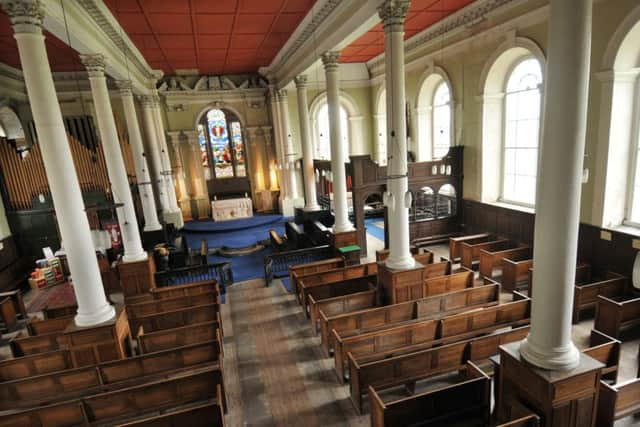

To unlock the £2.8million HLF fund they needed to rase £50,000 themselves. So far, £30,000 has been raised, leaving the final £20,000 which is the final part of the public appeal.
With the crowd-funding campaign titled Send Love To Sunderland, it’s hoped work can finally begin to save this cornerstone of Sunderland history.
The Canny Space would transform the church into a community venue, creative centre and heritage attraction. The centre would tell stories from 300 years of Sunderland’s history through a programme of activities, events and exhibitions, and provide a space for making music, art and crafts for people of all ages.
Opening in late 2019, The Canny Space would also provide paid apprenticeships in traditional building skills, as well as conservation workshops for up to 1,120 people and a student programme with City of Sunderland College.
Advertisement
Hide AdAdvertisement
Hide Ad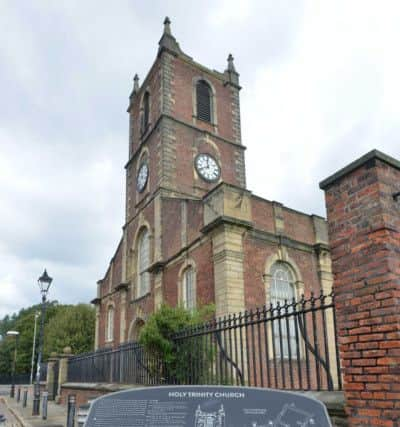

•To donate to the appeal visit https://www.crowdfunder.co.uk/the-canny-space.
History of Holy Trinity Church
•Holy Trinity Church was built as the parish church for the township of Sunderland. St Michael’s, in the neighbouring village of Bishopwearmouth, served the area before this.
•A fund-raising drive launched in 1712 paid for the church. It was consecrated by the Bishop of London on September 5, 1719. (The Bishop of Durham being “too infirm” to attend.)
•Several rectors were laid to rest beneath the nave of the church over the decades, in a vault known as the Rectors Vault.
Advertisement
Hide AdAdvertisement
Hide Ad•The vestry served as the seat of local government for the area until 1835. The 24 vestrymen, under the rector as chairman, debated local affairs, rates and social welfare.


•Holy Trinity’s parish library and reading room is thought to have been the first public library in Sunderland. The library was housed in the west gallery. The church also served as a court.
•The interior of Holy Trinity was remodelled at the end of the 18th century by Thomas Wilson, who helped design Sunderland’s Iron Bridge.
•The roof was rebuilt and covered with slate in 1803, an upper gallery was added in 1821 “for the use of the poor” and, in 1829, eight new bells were brought from London.
Advertisement
Hide AdAdvertisement
Hide Ad•The windows were re-glazed for a second time in around 1900 and the organ built in 1936. The building suffered slight damage during the Second World War.
•The Grade I-listed church closed in 1988, due to low congregation numbers. It was officially declared redundant and its upkeep taken over by The Churches Conservation Trust.
•Holy Trinity became known as Sunderland Old Parish in 2001, to indicate that it was no longer used as a parish church.